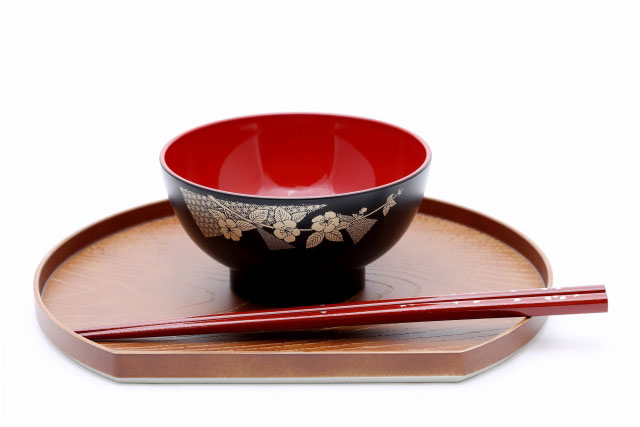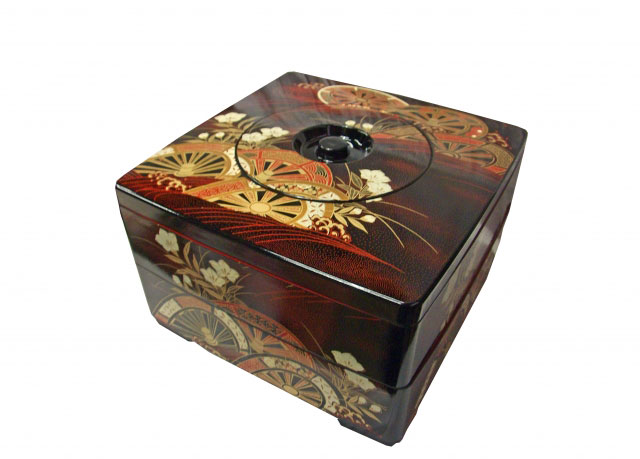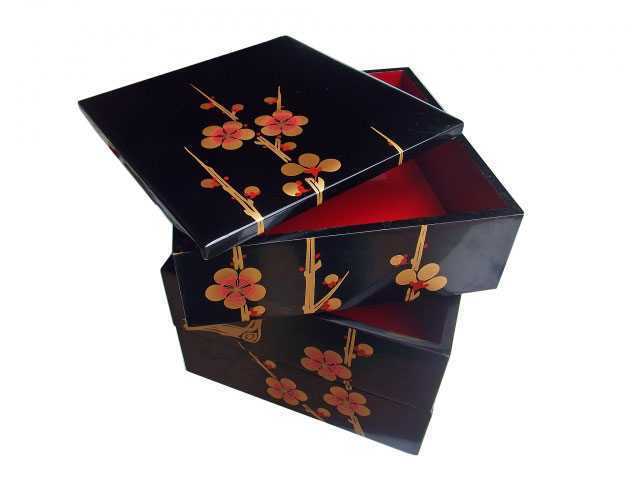News
July – Japanese Laquer Updated in July 2018
Ancient lacquerware excavated from different parts of Asia tell us that lacquer had always been used by many people 印Asia through several thousand years. Lacquer is obtained from the sap or thick milky liquids oozing from urushi tree barks. After paleolithic times (10,000BC-), hunters in Japan started to repair tools by applying this sap to blades. By 9-11th century, lacquer was used to decorate interiors of world heritage sites like the Chusonji Temple in Hiraizumi. After tea ceremony gained popularity in 16th century, lacquer tea utensils spread widely throughout Japan. In 17th-18th century, feudal lords had patronized their own lacquer artists to boast luxury. It was around this time that urushi lacquerware items were exported to the west. They were appreciated as one of Japan’s finest crafts.
The sap mainly consists of the substance urushiol which has antiseptic and anti-corrosive properties to prevent things from rotting. Its durable, too. In rare cases, one could get allergies from just walking past an urushi tree but touching a completely dried lacquerware is safe. Unless exposed to direct sunlight, lacquer items can be handed down for thousands of years. Contrarily, the longer you possess and use authentic lacquerware, the more lustrous it will get. Lacquer hardens by taking in moisture from the air. Therefore, too much dryness in a different climate can crack the lacquerware.
To obtain fine lacquer, craftsmen would take away moisture from the sap by filtering it and refining it through stirring. For the deep black color, iron particles are added to the refined sap. In Japanese, the deepest black color is often described as shikkoku, meaning “black as lacquer.” Red or other colors are obtained through adding pigment. Because one tree can only supply 200 grams of sap per year, craftsmen say that “a drop of lacquer is as scarce as a drop of blood.”
Lacquerware production consists of detailed handwork After the top coat is completed, the surface is sometimes decorated with powdered gold/silver (makie technique) or carved to fit shiny seashell inlays (raden technique). If you are traveling in Japan, it is highly likely that you can find a lacquer crafts studio/shop in many prefectures.










